Connecticut
Visiting Mystic Seaport, Connecticut
Explore Mystic Seaport, Connecticut, its maritime legacy, top attractions, eateries, itineraries, and travel tips in this in-depth guide.
Mystic Seaport isn’t just for history buffs; it appeals to families, day-trippers, and anyone who enjoys a waterfront town with character.
Whether one’s drawn by maritime history or simply seeking a scenic escape in southern New England, Mystic Seaport offers a compelling blend of education, charm, and hands-on discovery.
It combines education, fun, and scenic charm in one experience. Let’s get to it.
Overview
Mystic Seaport in Connecticut is a living maritime museum set along the Mystic River. It recreates a 19th-century seafaring village with restored buildings, workshops, and vessels. It’s one of the most immersive destinations in New England for history and culture lovers.
The highlight is the Charles W. Morgan, the country’s oldest surviving commercial whaling ship. Visitors can also watch shipwrights at work, stroll cobblestone paths, and learn about the region’s maritime legacy. The museum’s hands-on style makes it feel like stepping back in time.
Best time to visit
Mystic has warm summers and cold winters, with spring and fall offering the most pleasant conditions. Summer highs average in the 70s and 80s °F, while winters dip near freezing. Spring and fall strike a balance between comfort and fewer crowds.
Summer is the busiest season, especially when festivals are held. The International Sea Glass Festival in July brings artists and collectors, while music events sometimes return in June. Expect higher lodging rates and heavier traffic at this time.
For quieter visits, try May, September, or October. Foliage is stunning in fall, and spring flowers brighten the town. Winter sees reduced hours at the museum but lower hotel prices.
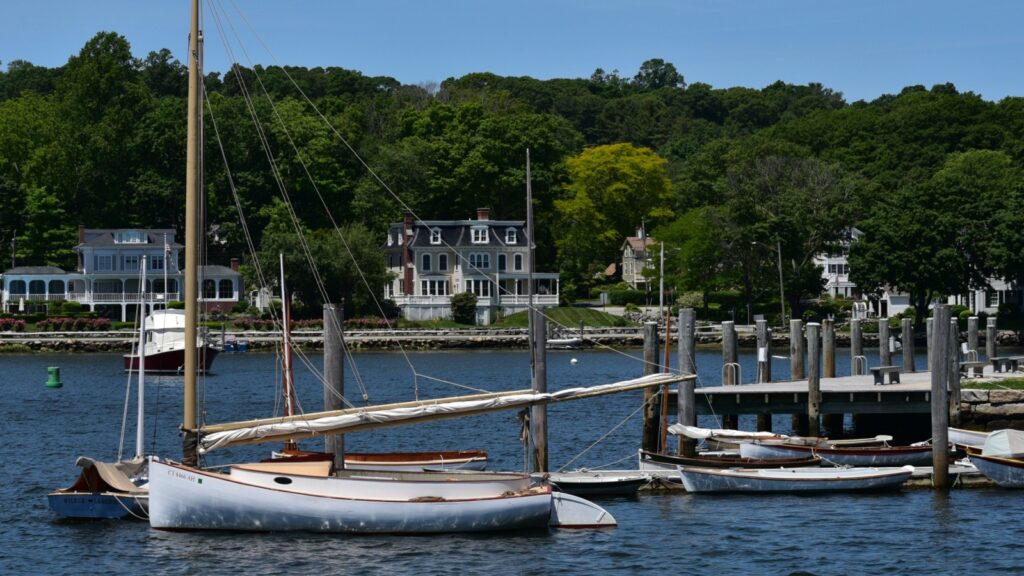
How to get there
The closest airports are T. F. Green Airport in Providence (about 50 miles away) and Bradley International near Hartford (55 miles). Both offer car rentals, which are the easiest way to reach Mystic.
Amtrak’s Northeast Regional stops at Mystic station with limited service, or travelers can use the New London stop 10 miles away. From there, taxis and rideshares connect visitors to Mystic.
Driving is straightforward with access from I-95 and U.S. Route 1. Parking is available at the Seaport itself, and most hotels provide guest parking.
Where to stay
Mystic offers a range of accommodations. Budget travelers often find the best rates at smaller inns or B&Bs just outside town.
For mid-range, The Whaler’s Inn downtown combines comfort with convenience. The Inn at Mystic is another favorite, with harbor views and larger grounds.
Luxury seekers can stay at Harbor View Landing, a boutique waterfront property with upscale amenities. Staying near the river or downtown makes walking to restaurants and shops easy.
Top things to do
The centerpiece is the Mystic Seaport Museum, covering 19 acres with historic ships, a recreated village, and working shipyards. The Charles W. Morgan is a must-see and can take several hours to explore.
Nearby, the Mystic Aquarium draws visitors with beluga whales, sea lion shows, and conservation exhibits. Families often pair it with the Seaport for a full weekend.
Other highlights include Olde Mistick Village for shopping, the drawbridge in downtown Mystic, and scenic cruises on the schooner Argia or the steamboat Sabino.
What to eat
Seafood is the star of Mystic’s dining scene. Favorites include S&P Oyster for waterfront dining and The Shipwright’s Daughter for upscale farm-to-table meals.
Casual spots serve lobster rolls, chowder, and fried clams. New eateries like Mystic Fish Camp add variety with sustainable, laid-back menus.
For snacks and treats, visitors can find coffee shops, bakeries, and ice cream parlors throughout downtown and Olde Mistick Village.
Getting around
Driving is the easiest way to get around Mystic since public transit is limited. Attractions are close but not always walkable from one another.
Downtown Mystic is pedestrian-friendly, with shops and the drawbridge area best explored on foot. Biking is possible, but roads can be narrow, so it’s better suited to confident cyclists.
Rideshares and taxis operate in the area, though availability can vary. Offline maps help in coastal areas where service drops.
Sample itinerary
Day 1: Start with the Mystic Seaport Museum and spend most of the day exploring its ships, shipyard, and historic village. In the evening, enjoy seafood by the drawbridge and stroll along the riverfront.
Day 2: Visit the Mystic Aquarium in the morning, then shop and snack at Olde Mistick Village. Later, drive to Stonington or relax at a nearby beach before dinner.
Day 3: Take a harbor cruise on the schooner Argia or steamship Sabino, then enjoy local galleries or nature walks. With more time, extend the trip to nearby casinos or coastal towns.
Costs & budgeting tips
Budget travelers may spend around $120–$200 per day, with modest lodging and casual dining. Mid-range visitors often spend $250–$400 daily, while luxury stays with upscale hotels and dining can run $500+.
Lodging is usually the biggest cost, especially in summer. Booking early, visiting in spring or fall, and choosing lunch specials over dinner help cut expenses.
Combination tickets for the Seaport and Aquarium sometimes offer savings. Free walks along the river or browsing Olde Mistick Village also keep costs down.
Cultural tips & local etiquette
Mystic is casual, and most restaurants welcome relaxed dress, though fine dining spots may expect smart casual. Standard tipping is 15–20%.
Greetings are appreciated, and visitors are encouraged to ask questions during workshops or tours. Respect exhibits and only touch items when invited.
Supporting small businesses by dining locally or buying artisan goods is valued by the community. A friendly, respectful approach goes a long way.
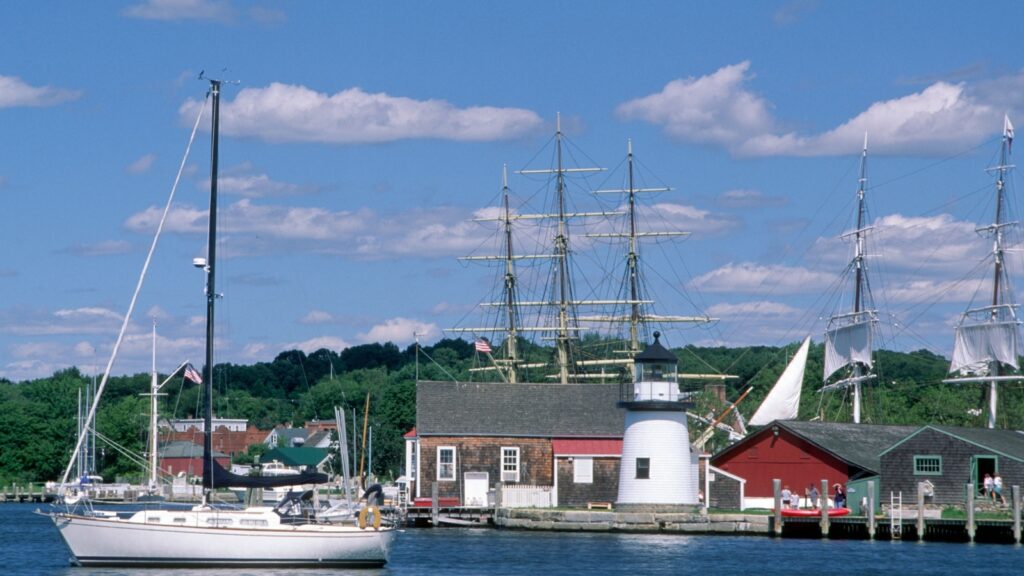
Safety and travel tips
Mystic is safe, but basic precautions apply. Watch belongings in busy areas and expect traffic near the drawbridge or Seaport during peak hours.
Medical help is available at Groton’s Lawrence + Memorial Hospital, only a short drive away. For emergencies, dial 911.
Summer storms can shift quickly along the coast, so check forecasts before planning cruises or beach trips. Parking fills fast in high season, so arrive early.
Useful apps & resources
Offline maps like Google Maps or Maps.me help if cell service drops. The Go Mystic app provides event listings and local tips.
The Mystic Seaport and Mystic Aquarium websites post current hours, exhibits, and ticketing info.
Apps like Yelp, OpenTable, and weather forecasts make planning meals and activities easy. For longer stays, TripIt or a travel wallet app keeps plans organized.
Final thoughts
Mystic rewards travelers who slow down and explore beyond the main exhibits. Arriving early helps avoid crowds, while chatting with staff can uncover hidden stories.
Packing layers is smart since the riverfront can feel breezy even in summer. Reservations for lodging and dining should be made well ahead in peak season.
The magic of Mystic is in the details: a quiet riverside bench, a surprise workshop demo, or a sunset cruise. Taking time to enjoy those small moments makes the visit memorable.
TL;DR
- Mystic Seaport is a living maritime museum showcasing historic ships, a recreated 19th-century seafaring village, and hands-on exhibits.
- The highlight is the Charles W. Morgan, the last wooden whaling ship in the world still afloat.
- The recreated village brings history alive with shipwright shops, sailmakers, and costumed interpreters.
- The museum also features a planetarium and family-friendly activities, making it engaging for all ages.
- Nearby Mystic town offers dining, shopping, and attractions like the Mystic Aquarium.
- The best times to visit are spring through fall, when outdoor exhibits and boat rides operate at full scale.
If you liked this, you might also like:
- This Connecticut architect was dead for hours in the Irish Sea. Then her eyelid moved.
- Connecticut coastal villages to visit in early fall
This article was made with AI assistance and human editing.

 Pennsylvania3 days ago
Pennsylvania3 days agoHere Are 12 Things People from Pennsylvania Do That Seem Insane To Everyone Else

 North Carolina4 days ago
North Carolina4 days agoHere Are 12 Things People from North Carolina Do That Seem Insane To Everyone Else
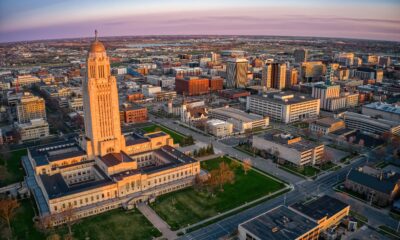
 Nebraska6 days ago
Nebraska6 days agoHere Are 12 Things People from Nebraska Do That Seem Insane To Everyone Else

 Maine5 days ago
Maine5 days agoThe ruins of a town that time forgot are resting in this Maine state park
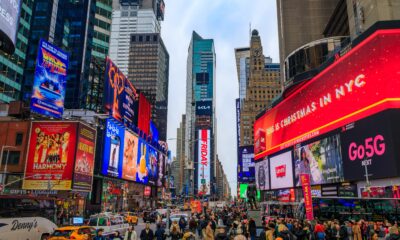
 New York4 days ago
New York4 days agoHere Are 12 Things People from New York Do That Seem Insane To Everyone Else
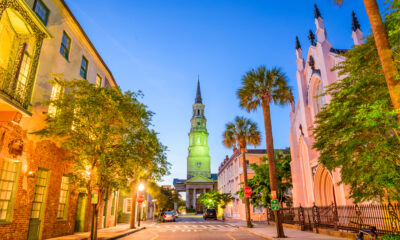
 South Carolina2 days ago
South Carolina2 days agoHere Are 12 Things People from South Carolina Do That Seem Insane To Everyone Else
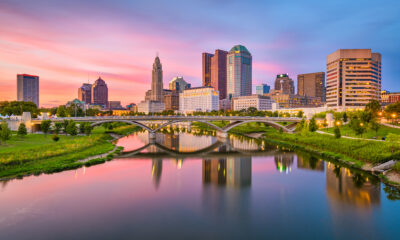
 Ohio4 days ago
Ohio4 days agoHere Are 12 Things People from Ohio Do That Seem Insane To Everyone Else
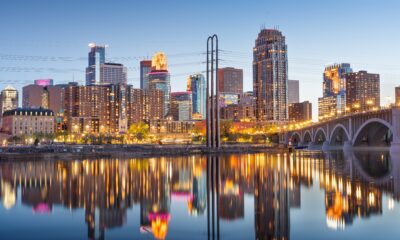
 Minnesota7 days ago
Minnesota7 days agoHere Are 12 Things People from Minnesota Do That Seem Insane To Everyone Else










